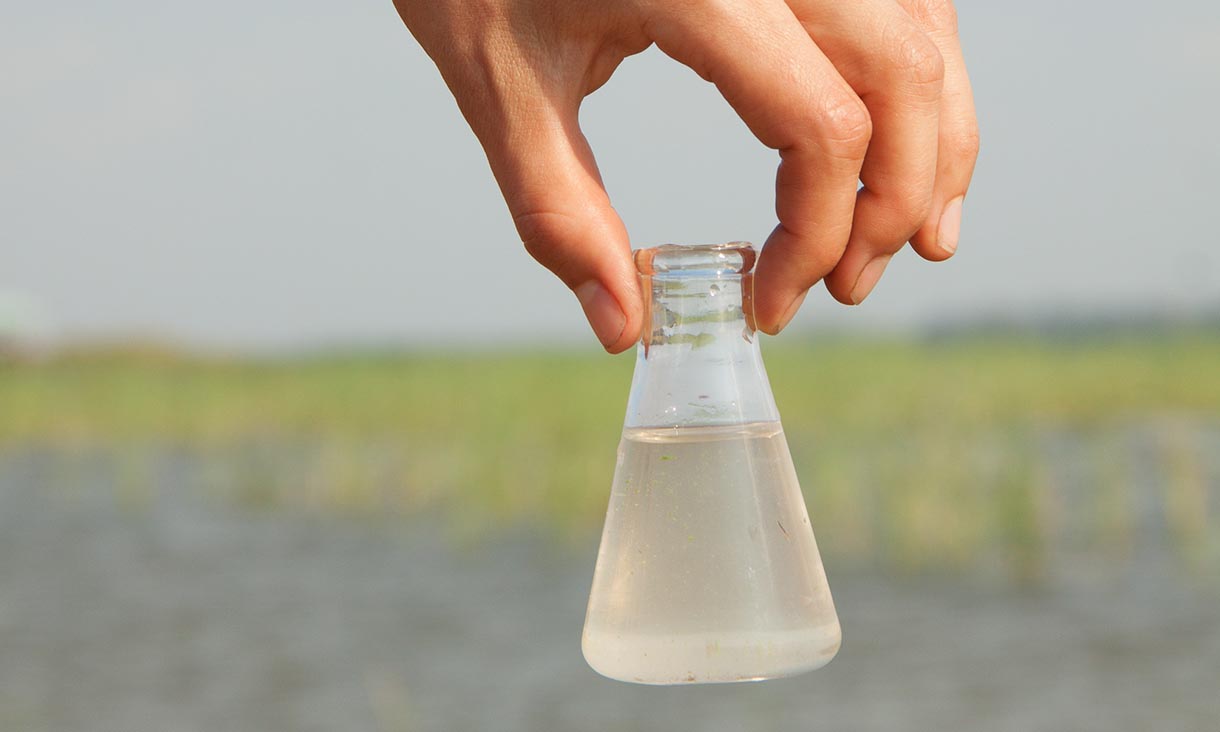Industry meets academia, face to face
The successful trial of a new industry engagement event shows the value of personal relationships for industry collaboration.
Researchers demonstrate world’s fastest ‘brain-like’ processor
An international team led by Swinburne in collaboration with RMIT and Monash universities has demonstrated the world’s fastest and most powerful optical neuromorphic processor for artificial intelligence.
RMIT and Ecole Centrale de Lyon awarded EU funding for global joint PhD program
A prestigious PhD program for nanotechnology research delivered by Ecole Centrale de Lyon in France and RMIT University in Australia has been awarded €1.6M in European funding.
Sensor technology to improve safety and health in aged care
Flexible sensors developed at RMIT will be integrated into new health monitoring technology to improve aged care, in a project supported through a $1.7 million Federal Government grant.






